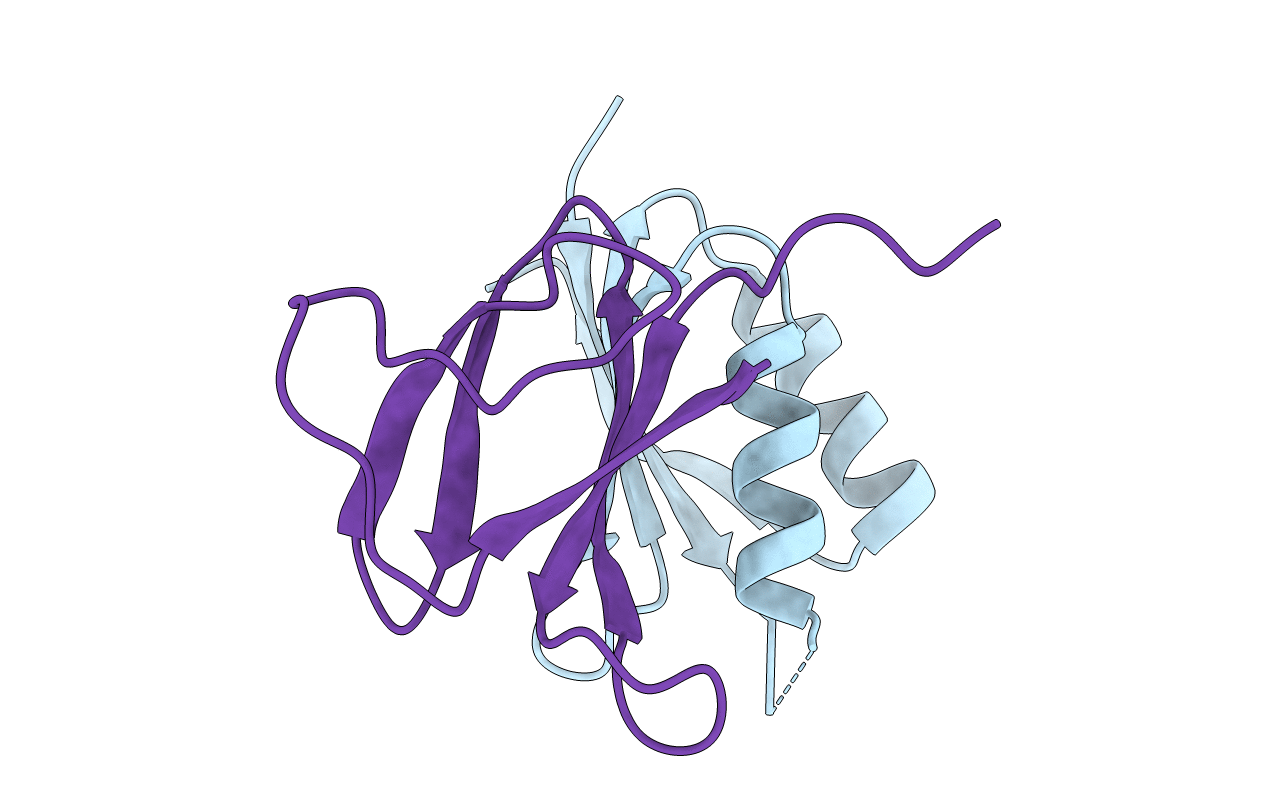
Deposition Date
2018-12-12
Release Date
2019-07-10
Last Version Date
2024-11-20
Entry Detail
PDB ID:
6Q76
Keywords:
Title:
Complex of rice blast (Magnaporthe oryzae) effector protein AVR-Pia with the HMA domain of Pikp-1 from rice (Oryza sativa)
Biological Source:
Source Organism:
Oryza sativa subsp. japonica (Taxon ID: 39947)
Magnaporthe oryzae (Taxon ID: 318829)
Magnaporthe oryzae (Taxon ID: 318829)
Host Organism:
Method Details:
Experimental Method:
Resolution:
1.90 Å
R-Value Free:
0.24
R-Value Work:
0.20
R-Value Observed:
0.20
Space Group:
P 2 21 21


